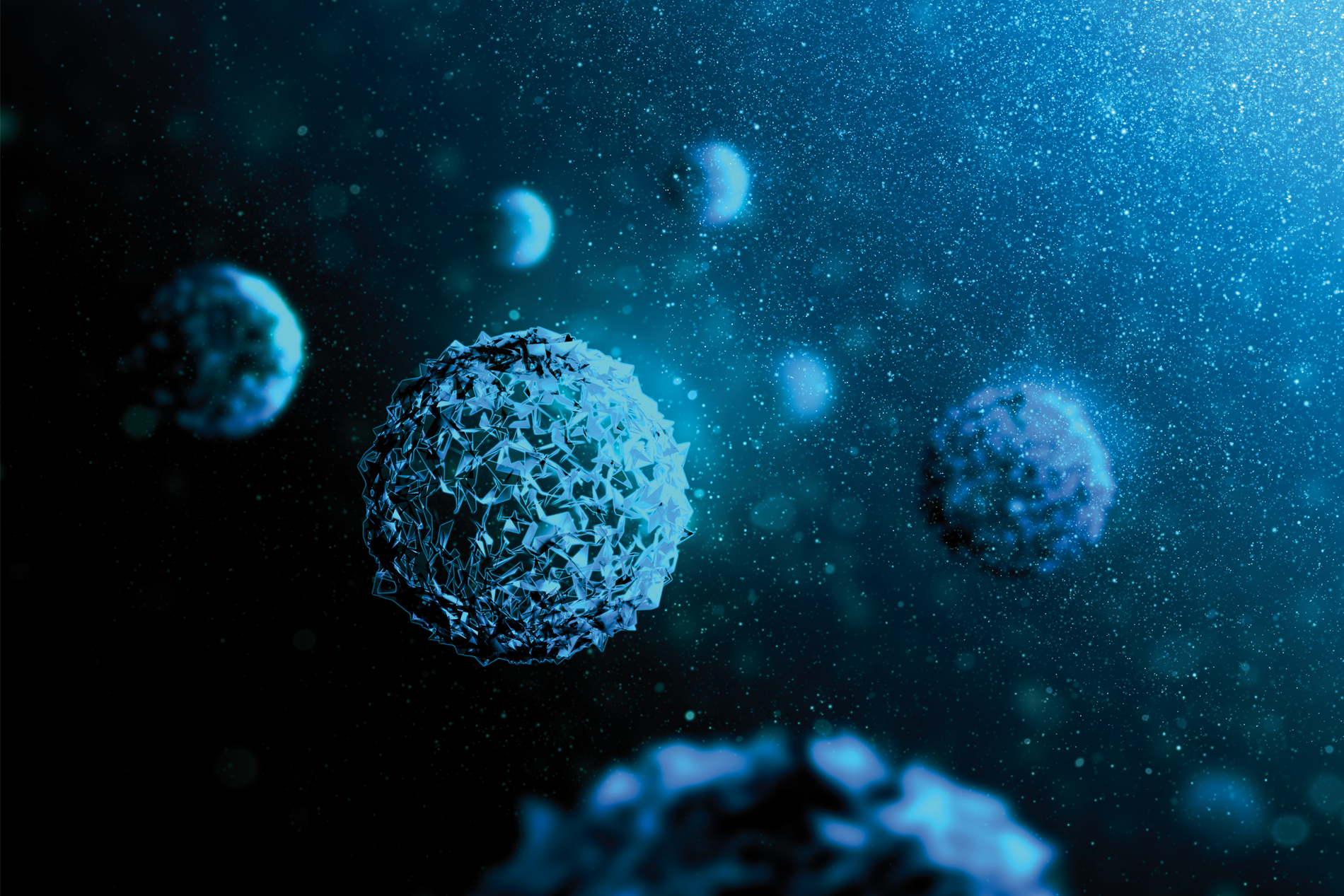

Quadrupole Time-of-Flight (QTOF) Mass Spectrometry
QTOF Mass Spectrometry
Since its first commercial launch 25 years ago, quadrupole time-of-flight (QTOF) mass spectrometry (MS) has revolutionized numerous fields, ranging from biological and pharmaceutical research to clinical toxicology. The unique hybridization of quadrupole and TOF technology resulted in high-resolution, high mass accuracy analysis of all ions simultaneously, which is today used to identify and quantify complex mixtures or unknown compounds.
The MS/MS capabilities of QTOF MS systems enable coupling to both LC and GC systems and Bruker’s expertise provides a variety of innovative instruments. Our powerful, high performance products are specifically designed to meet the rapidly growing needs of customers in the academic, pharmaceutical, industrial, clinical, and applied markets.
QTOF Technology
Bruker offers a broad range of different ionization sources to allow coupling of various separation techniques with the benefits of high-resolution mass spectrometry. In mass spectrometry, the performance of the MS system in terms of mass resolution, mass accuracy and principally sensitivity, is highly dependent on the method of ion generation.
Once ions are generated they are guided by a capillary inlet system and a dual ion funnel into the quadrupolar system for isolation (MS) and controlled fragmentation (MS/MS).
Orthogonal acceleration follows the quadrupolar units and divides the permanent stream of ions in discrete packages being shot into the flight tube. At its top end they get reflected for improved resolving power and focusing onto the detector multi-channel plate.
QTOF Applications
Metabolomics
Several crucial steps are important for confidently identifying compounds relevant for dynamic metabolic processes; including sample preparation, data acquisition and data evaluation.
Meaningful insights in a biological context can only be obtained if all of the steps in a workflow are controlled.
The acquisition of high quality LC-MS/MS data follows sample preparation in non-targeted metabolomics workflows, with the T-ReX® LC-QTOF solution, no LC-MS/MS parameter optimization is required. To analyze large sample cohorts which require high retention time stability the Elute UHPLC in combination with the dedicated T-ReX® Elute Metabolomics-kit: RP is provided. The Reversed-Phase LC column kit enables matching of retention times to values in the Bruker HMDB Metabolite Library. The impact II for MS/MS data acquisition uses optimized parameters and its robust performance is the basis for high quality data acquisition, enabling extensive profiling studies of complex samples.
Contaminants and Residues Screening
Analysing complex food or water samples for pesticides, mycotoxins etc. or equally challenging human or animal urine analysis samples for poisons or drugs is a demanding application. Bruker offers a powerful solution based upon accurate mass analysis and highly curated databases (over 3000 compounds) to ensure reporting false positives (or false negatives) is minimized.
QTOF Related Information
Structural proteomics:
Contaminants and residues screening:
For Research Use Only. Not for use in clinical diagnostic procedures.